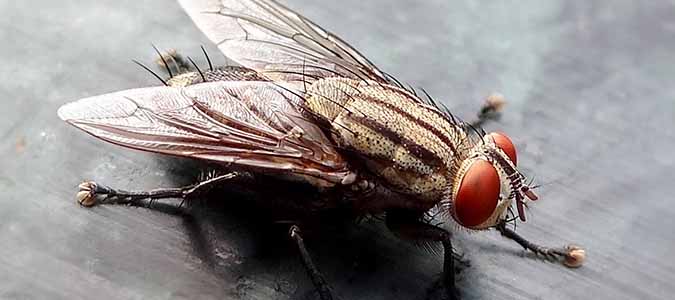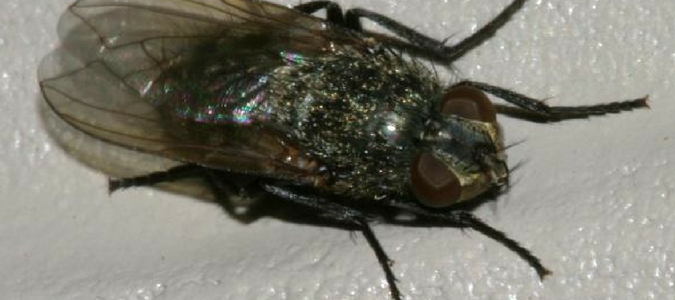In Orlando, Florida, flies are as common as freshly squeezed orange juice – especially during the hot summer months.
They’re present at every backyard BBQ, and residents have grown accustomed to shooing them away from the potato and fruit salads. But, many residents fail to realize that they often deal with more than one type of fly.
Contrary to popular belief, there are many species of flies. There are more than 20,000 species in North America alone. And while we’d love to discuss the differences between all fly species, we wanted to focus on the housefly and the cluster fly, as the cluster fly is most present in the year’s late summer and early autumn months.
Let’s take a closer look at the differences together.
Cluster Flies
Though commonly known as cluster flies, many often refer to these flying insects as attic flies.
Cluster flies emerge in the summer – but become more prevalent in and around your home when autumn approaches in search of an overwintering site. And just as their name suggests, they often appear in large numbers and congregate in unused areas around your home, like the attic.
Because cluster flies are strongly attracted to light, they are gathered by a large window.
Fortunately, you don’t have to worry about them breeding in your house. Cluster flies only enter your home to seek shelter during the winter and become active once warmer weather arrives, crawling back outside to lay their eggs.
House Flies

Houseflies are gray and have distinctly articulated vertical black lines along the top of their bodies. Interestingly, they are also limited to a 100% liquid diet and require a source of water to survive indoors.
You should do your best to swat or shoo these flies out of your home quickly because even though they don’t bite, they are common vectors of disease because of their habit of landing on excrement and garbage.
Take A Cluster Look
At first, the cluster fly and the housefly appear to have many similarities, but the two have many differences.
Cluster flies are slightly bigger than house flies and darker in color. When they’re young, the fly has short, golden-colored hairs on its thorax (the part of the body where its legs and wings attach,) but as it matures, it develops a black-and-silver checked pattern on its body.
To tell the two apart, take a look at their wings. At rest, a cluster fly’s wings overlap, while the branches of a housefly remain separate. You can also spot a cluster fly by its speed, as they’re known to travel and move at a much slower, less frantic pace than other fly species.
Shoo, Fly. Don’t Come In!
Exclusion and prevention are the best ways to avoid a fly infestation. Before the temperature changes, inspect your home to ensure cluster flies can’t get in.
Fill in all the cracks and crevices around your home, especially surrounding the doors and windows, along the roof, and around vents, and replace or repair any damaged screens or doors.
Finally, remove any extra garbage or waste from your home by storing additional garbage cans away from the exterior of your home.
We Know Flies
If you have a large population of cluster flies in or around your home, it might be time to call the experts. Our experts can successfully remove cluster flies from your home using environmentally friendly products that are safe for your family and pets.
Our ABC Home & Commercial Services team is committed to providing you with efficient and proven techniques that are guaranteed to solve any pest problems. Give our pest control exterminators a call today!

Comments
Great post, If a may some other important points about other fly species found in and around human habitations and are particular nuisance. These flies and the areas where they commonly develop include:
Blue blow/bottle fly- carrion or garbage.
Green blow fly-carrion or garbage
Stable fly-decaying vegetation (grass clippings) and animal feces
Fruit fly-overly ripe and decaying/rotting fruits and vegetables
Phorid fly also called the humpback fly-decaying organic material in drains, garbage cans, disposals and under appliances
Drain Flies/Moth flies-decaying organic material, drains.
Just some additional information on the house fly- the adults are a dull gray with four stripes on the thorax, 1/4 inch long and have a life cycle of 1 to 6 weeks.
Thanks again for a very informative post,
John (Bug Man)
First Response Pest Control
http://www.lewisvillepestcontrol.net